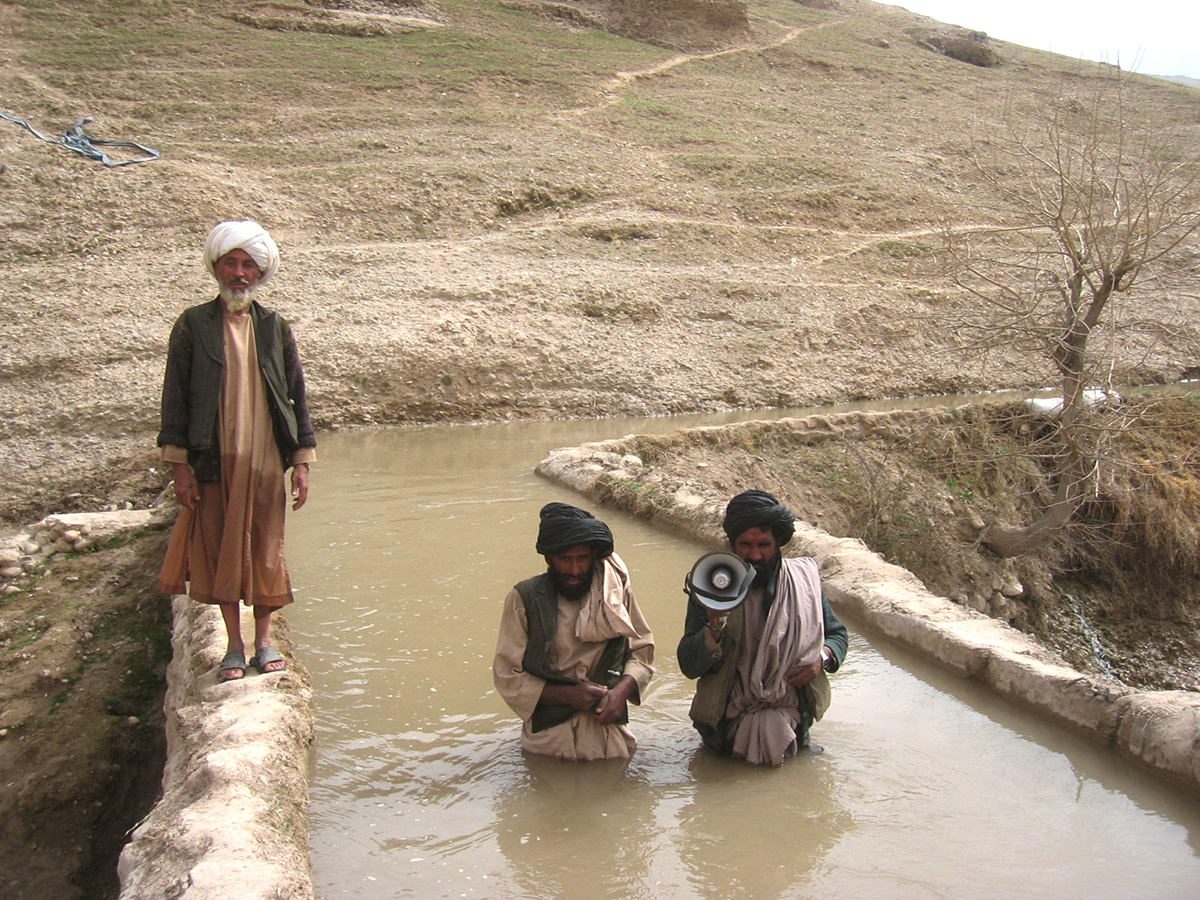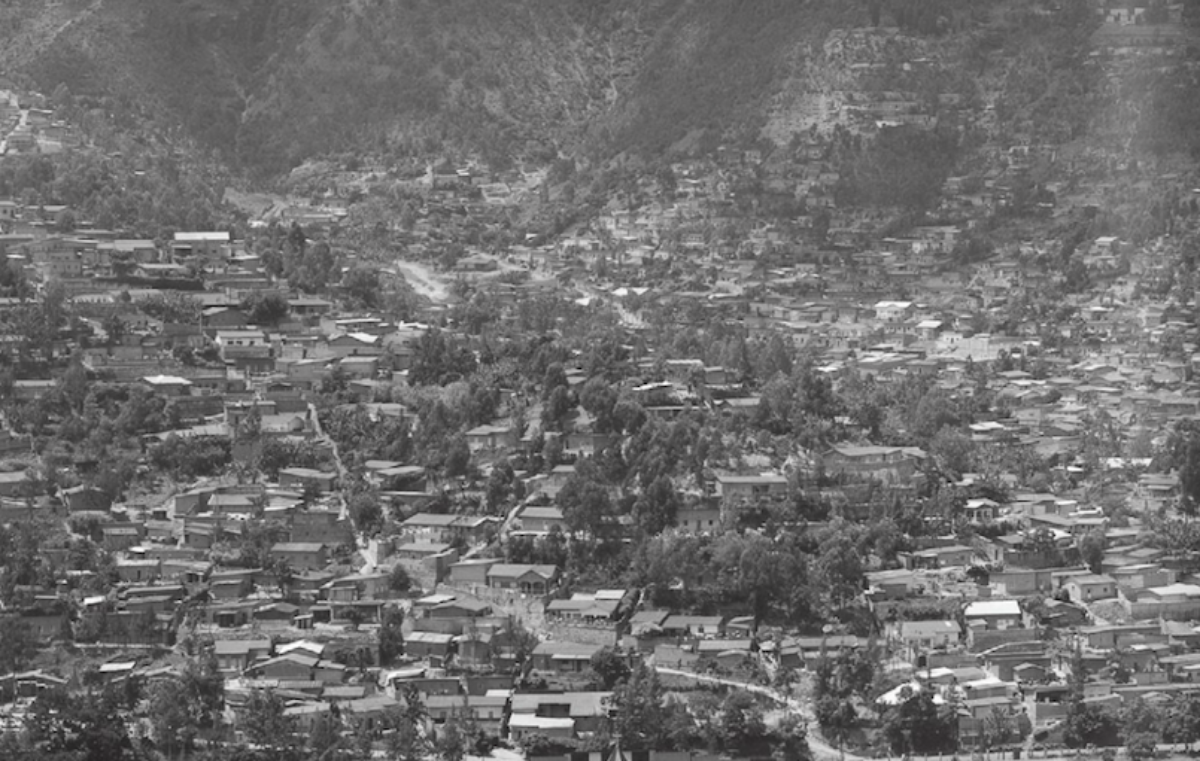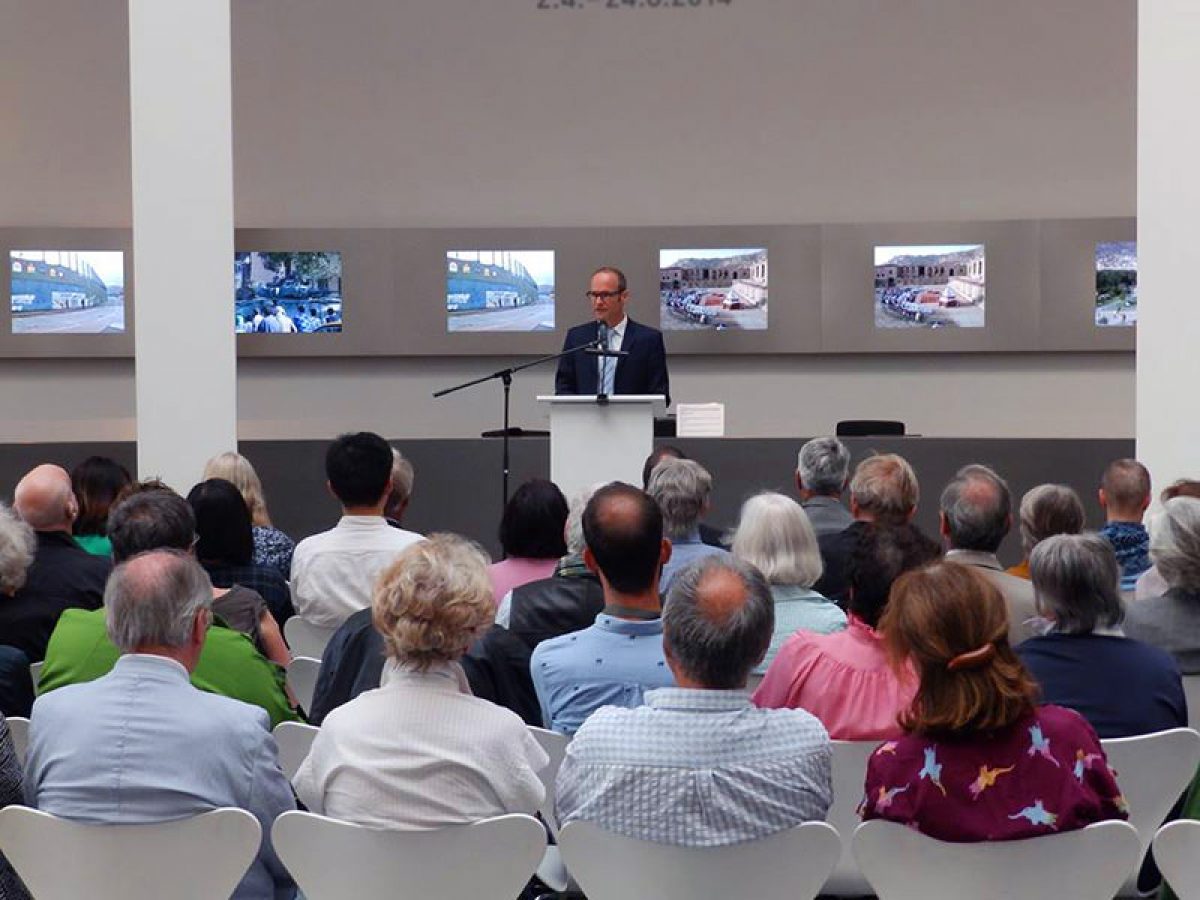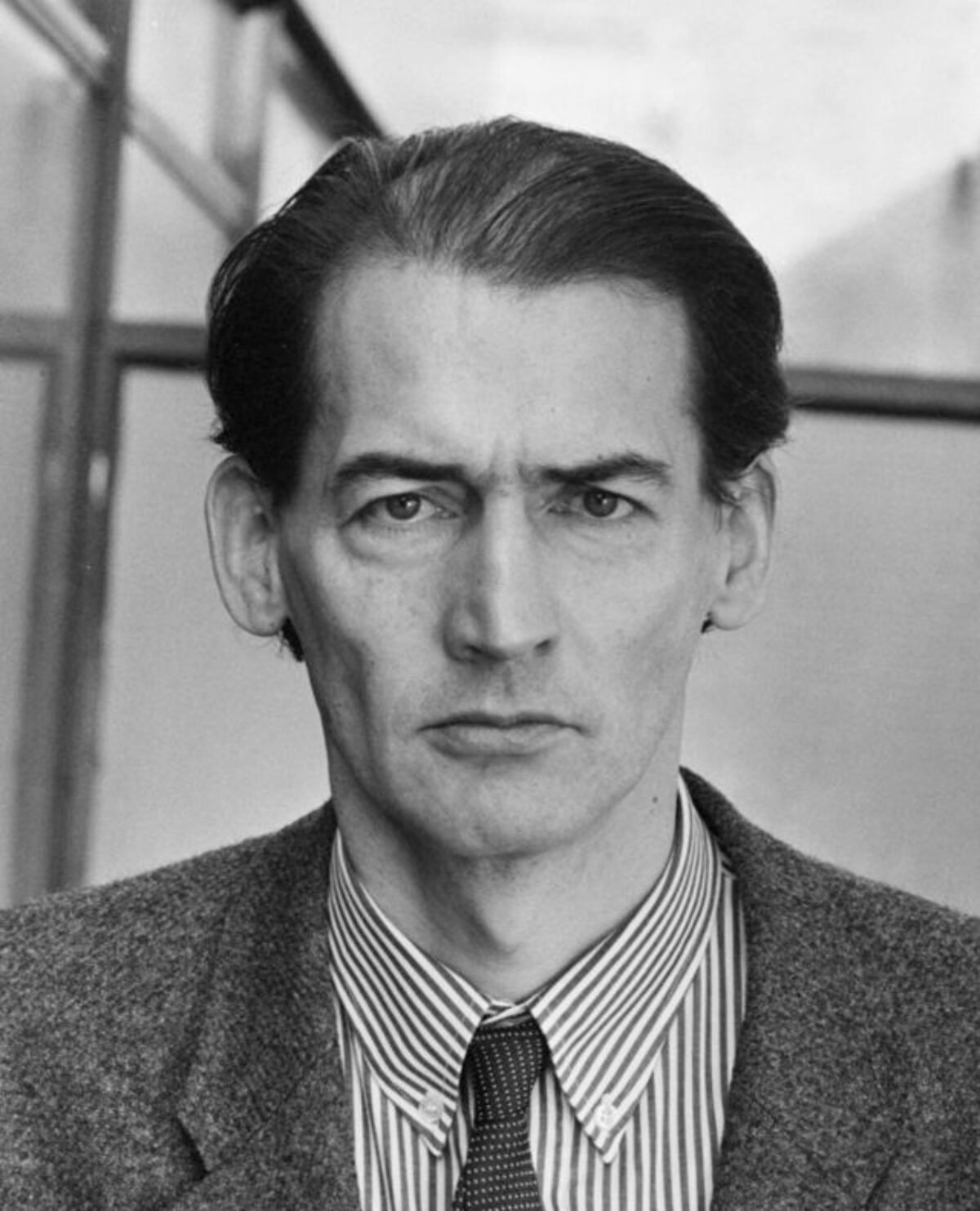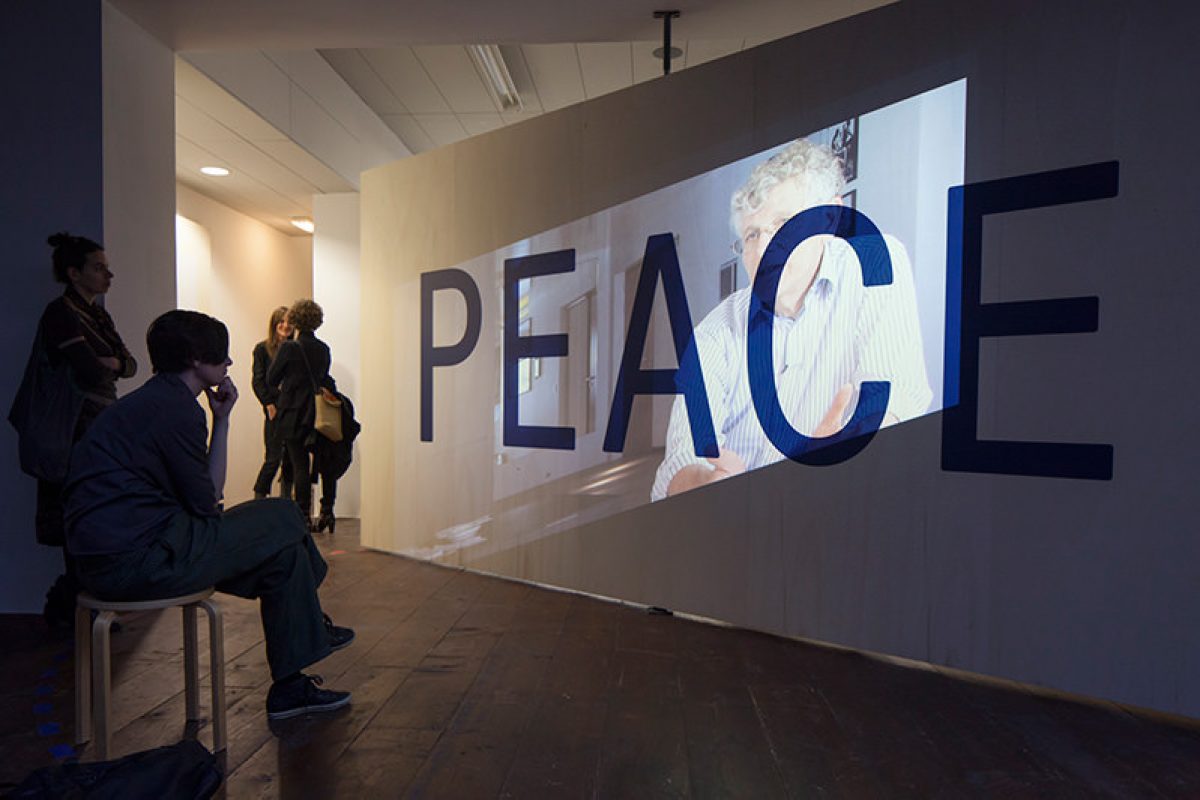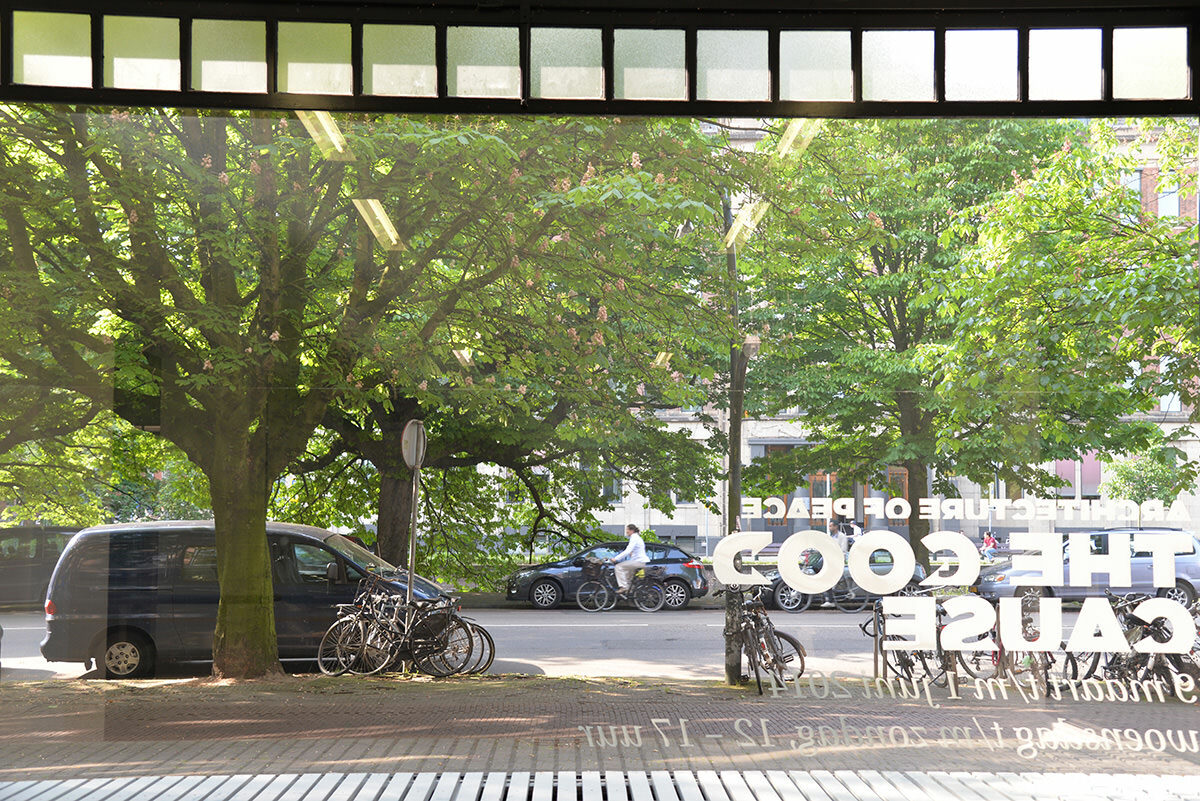On July 31th 2006, the International Security Assistance Force (ISAF) assumed command over the southern region of Afghanistan (RC-S). It signalled the beginning of a four-year mission by the Dutch armed forces, designated as lead-nation for Uruzgan; a province roughly one-third the size of the Netherlands. After taking over the US base Ripley, renaming it Kamp Holland, the Dutch forces commenced with the daunting objectives set by the international community and Dutch government in particular to deliver reconstruction and development in this remote Afghan region. What did Task Force Uruzgan (TF-U) and the embedded Provincial Reconstruction Teams (PRT) encounter during their mission?
This week, Volume's editorial team will be heading for Venice to visit 2014's Biennale. We will be attending and/or co-hosting several gatherings and events. This Friday, Volume editor-in-chief Arjen Oosterman will be interviewed during the launch event of the book Behind the Green Door at the Nordic Pavilion.
